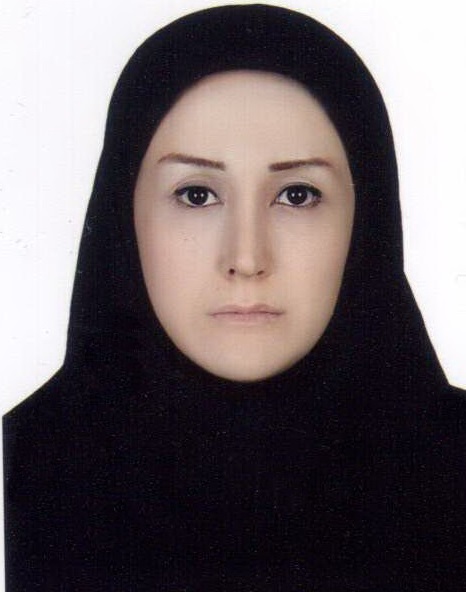Dear Editor,
Traditional and complementary medicine (T and CM) are significant parts of health services and the need for their services are always increasing (1). The National Center for Complementary and Alternative Medicine (NCCAM) has stated that because T and CM beliefs about etiology and treatments of diseases are different, conventional medicine does not consider them as classical approaches (2). There is a deep belief about T and CM application in health maintenance and disease treatment, especially about chronic diseases. Such health services are utilized in different countries like Switzerland, South Korea, China, and India. Rapid increase in T and CM application among the general public in recent years led congress to establish the Office of Alternative Medicine under the National Institutes of Health in 1992. In 1998, NCCAM was established to use delicate scientific research for evaluation of its practices and products (3). Nowadays, the use of T and CM among patients with dermatologic conditions has not been well studied. In a study, which was conducted in the Department of Dermatology in America, about 78% of patients expressed that physicians should consider incorporating T and CM approaches into their treatment and most of them believed in the value of clinical studies to further refine the role of T and CM (4).
Therefore, rigorous scientific research must be done to evaluate the safety and efficacy of these specific health services to ensure that patients receive care with the most favorable risk/benefit ratio (3). According to the community request, there is a tendency to incorporate integrative and complementary medicine into health professions education (5). Additionally in the field of dermatology, the above-mentioned remedies may cause adverse reactions, which alter diagnostic skin findings and interfere with the efficacy of other medical therapies. Therefore, during data collection, physicians should be aware of their patient’s opinion about using such methods (6). Accordingly, a comprehensive strategy for supervision will be needed to those countries that are planning to develop their policies about this important part of health care (1). Traditional Persian Medicine (TPN) has gained lots of popularity in the last decade due to its effectiveness and low costs. Faculties of Traditional Persian medicine in Iran are planning to make logical connections between the native traditional medicines and conventional medicine in order to hire the best approaches for using this ancient treasure.
